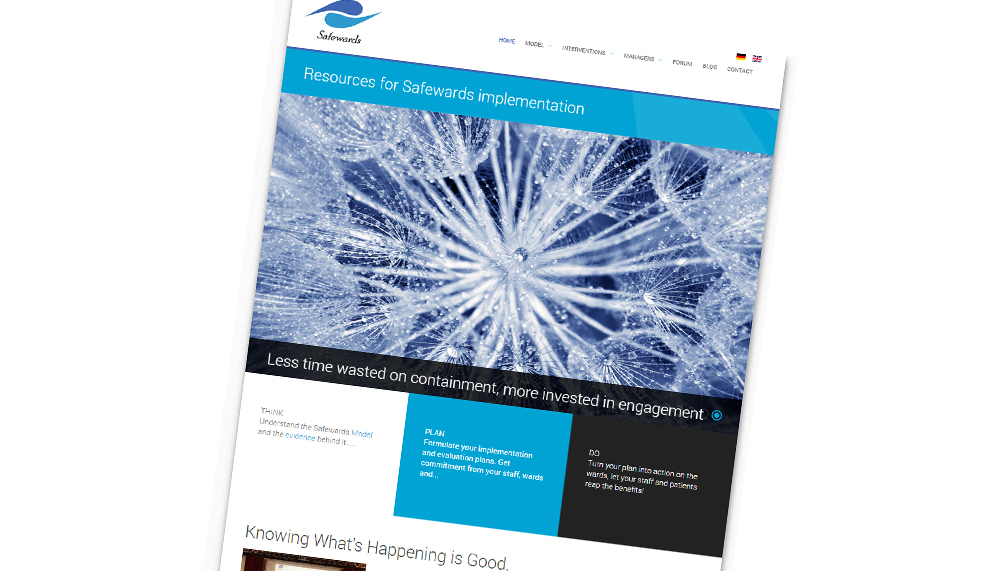Safety in mind

Security in wards for patients and staff was a key discussion point at the recent Australian College of Mental Health Nursing 40th international conference.
The theme – honouring the past and shaping the future – was prevalent through all talks at the event.
Professor Len Bowers, chair in mental health nursing, King’s College, London, presented on his two-decade study, “Safe wards for staff and consumers – the active ingredients”.
“I spent 20 years researching across 136 psychiatric wards to understand behaviours from both patients and staff,” Bowers says. “In the past, we have experienced wards next to each other with similar patients, yet one ward has had 10 times more conflict, so it was important to try and understand what was causing behavioural difference.”
Bowers’ study has resulted in a comprehensive website, safewards.net. The findings brought about the creation of a model that helped identify conflict and containment based on more than 1000 research papers.
The model structure outlines how conflict and containment are generated and where staff and patients can reduce flare-ups. It follows along the lines of where and how conflicts originate – focusing on factors such as staff, the physical environment, outside hospital influence, the patient community, patient characteristics and the regulatory framework domains.
Depending on what is happening, each of these factors can contribute to flashpoints and models show what staff can do in each situation.
“The model has been popular throughout the psychiatric community and has been rolled out in certain parts of Germany and in Victoria,” Bowers said. “Using the Safewards model, we generated approximately 300 ideas for interventions that could be used to help ward staff reduce levels of conflict and containment, making their wards safer places.”
These ideas were reduced to 16 potential interventions after consultation with service users, carers and expert professionals. The 16 interventions were used in a pilot study of four wards in one hospital and as a result the interventions were reduced to 10.
These 10 were then tested in a single blind cluster randomised controlled trial on 31 wards at 15 different hospitals. A control intervention was introduced on 15 wards, and the 10 experimental interventions on the others. The Safewards interventions produced a 15 per cent decrease in rate of conflict.
“Bowers’ talk was very well received,” Kim Ryan, chief executive of the Australian College of Mental Health Nurses, said. “It is important for mental health nurses to understand the importance of building good relationships, not just with the patient, but also with their family.
“He also examined ways of reducing stress and outlined the models of intervention that he had developed.”
Ryan, who has worked in the mental health field for more than 30 years, said the conference was a huge success, with more than 650 delegates turning up.
“One of the themes running through the conference is that we should be looking at more than just the bio-medical treatment of patients,” she said. “It is important that we look at therapeutic care and that we talk to patients.
“The conference also focused on the future of mental health care in light of how the nursing profession can not only reduce the stigma of mental health in the community, but also amongst fellow nurses.
“We discussed what our responsibilities are to accept people of difference and how we [can] use the media to convey that message.”
Ryan also said a record number of student nurses attended the conference and wanted to start their special interest group, which was great for the profession.
Email: [email protected]





